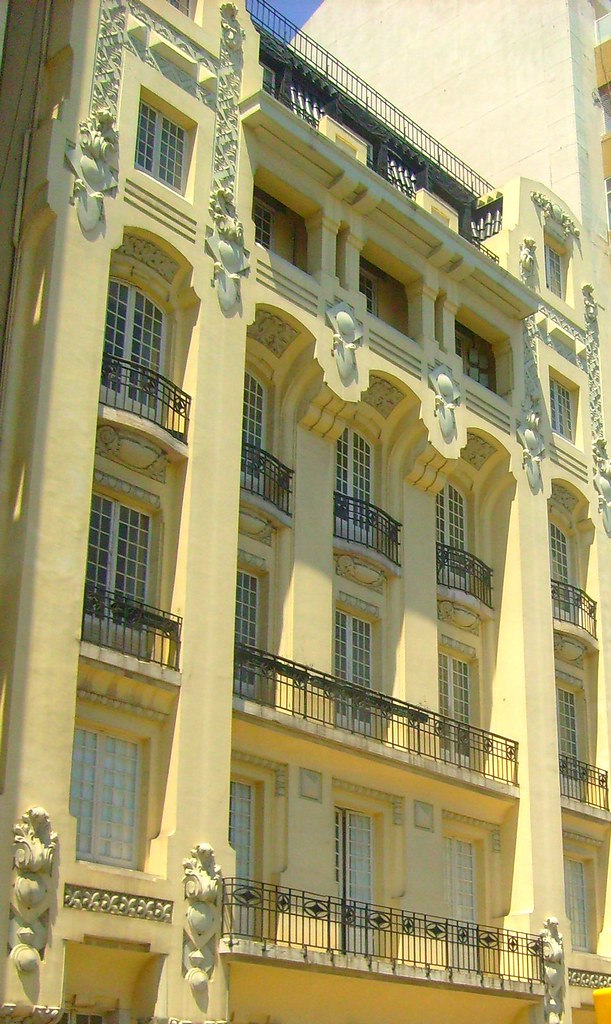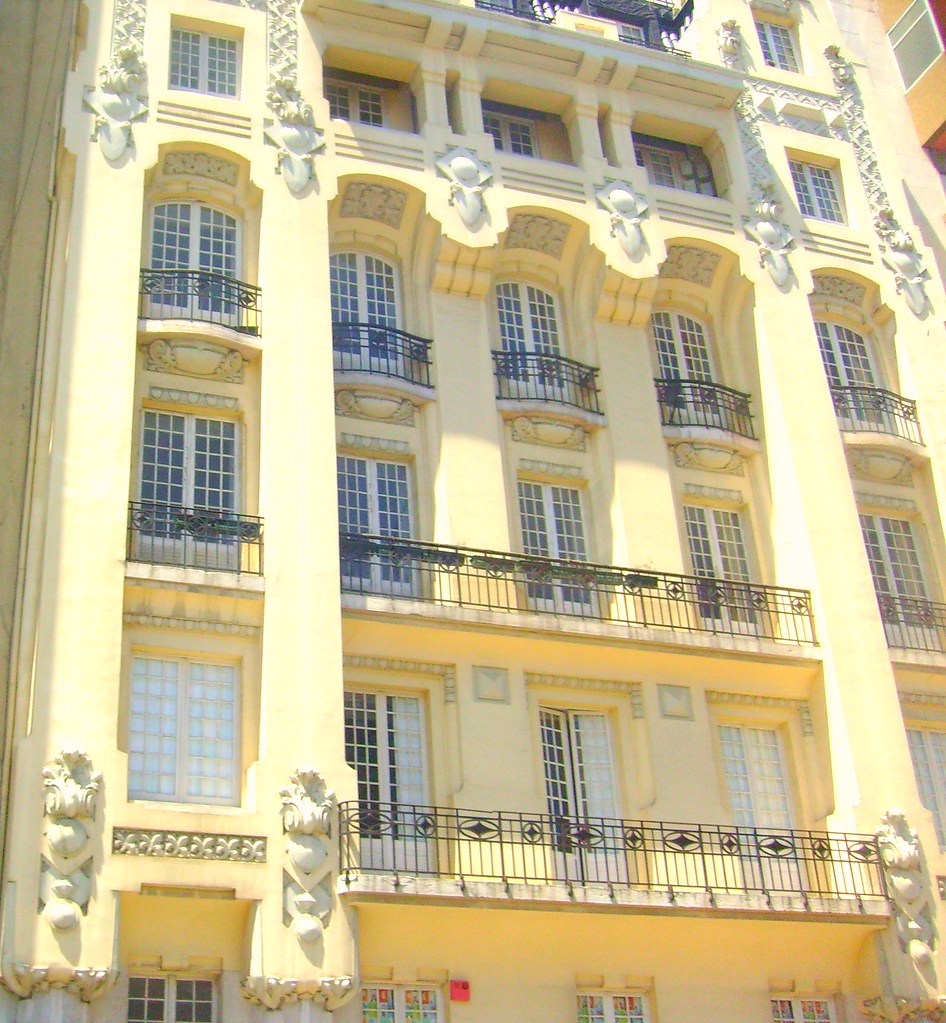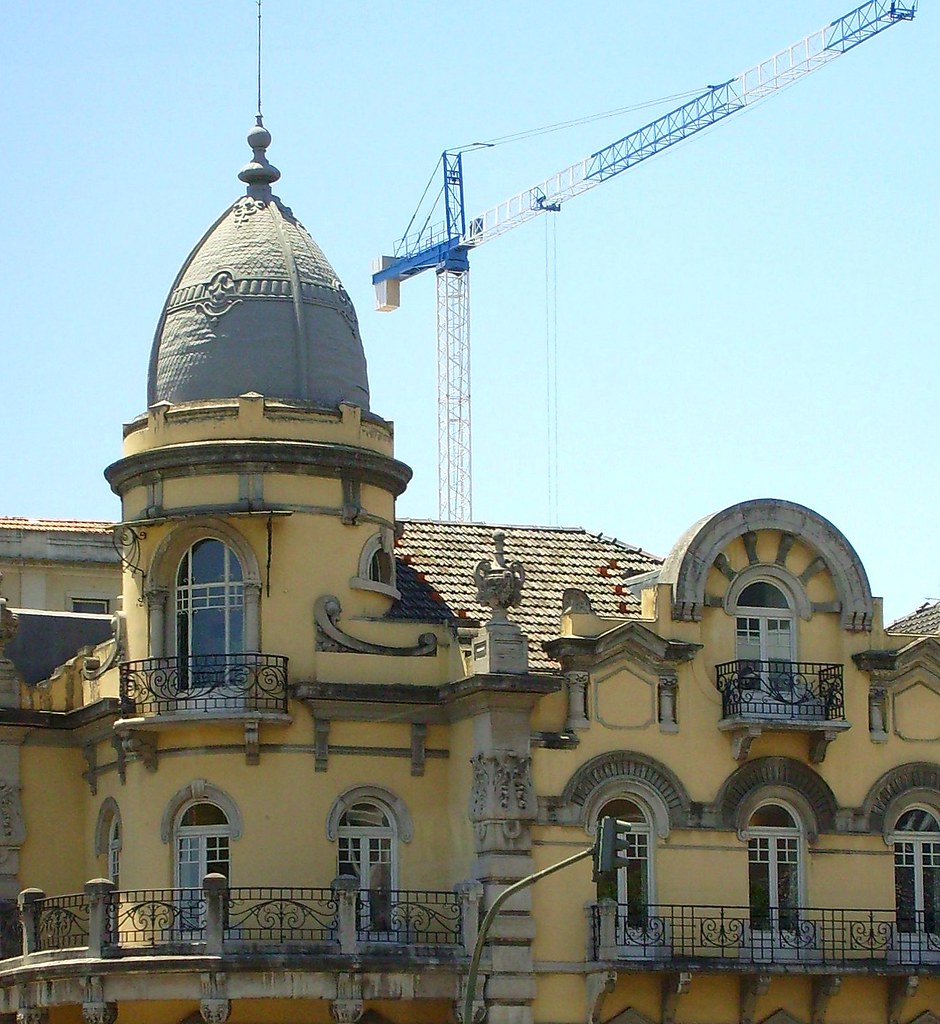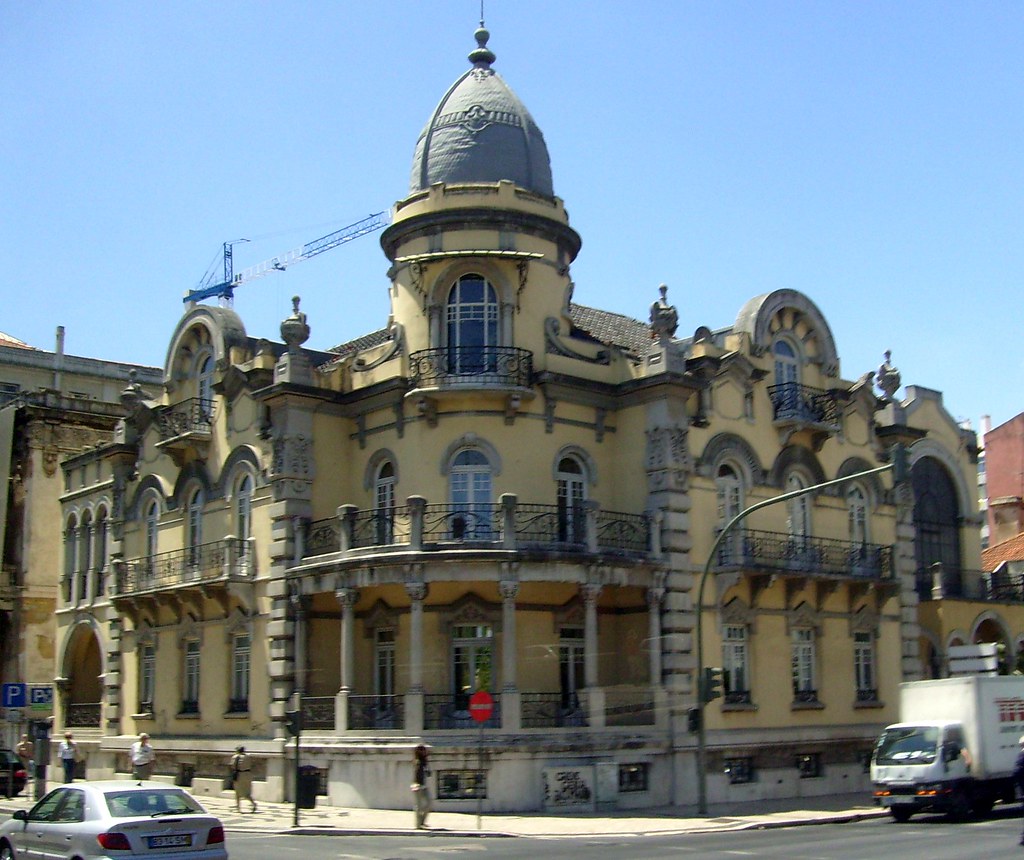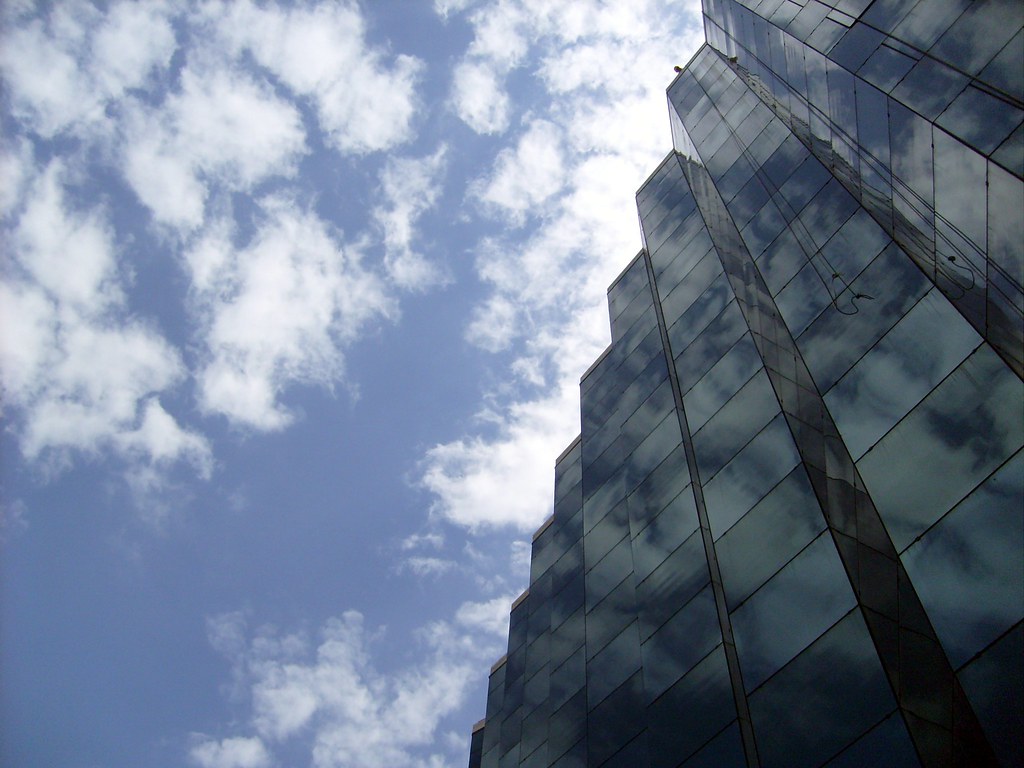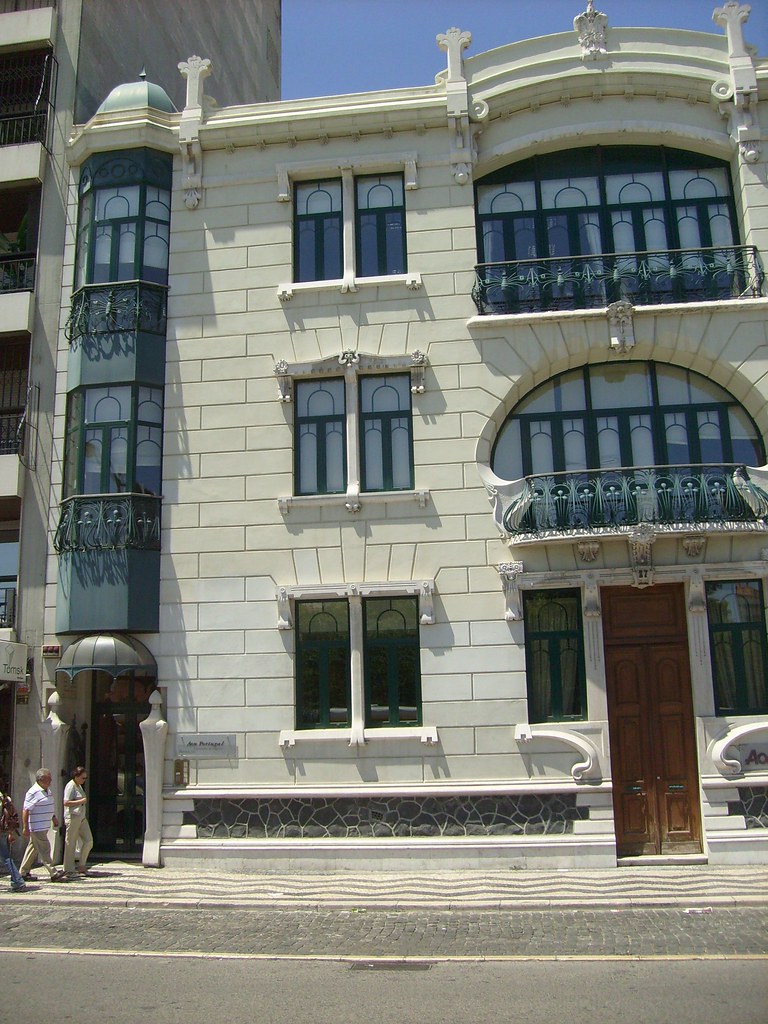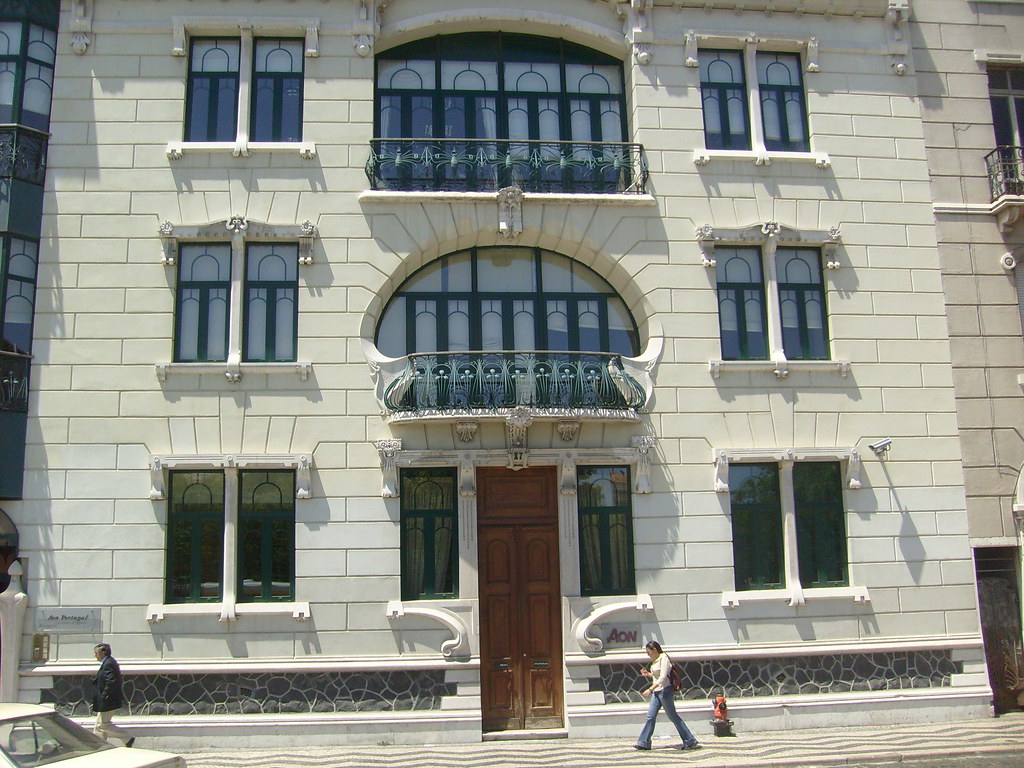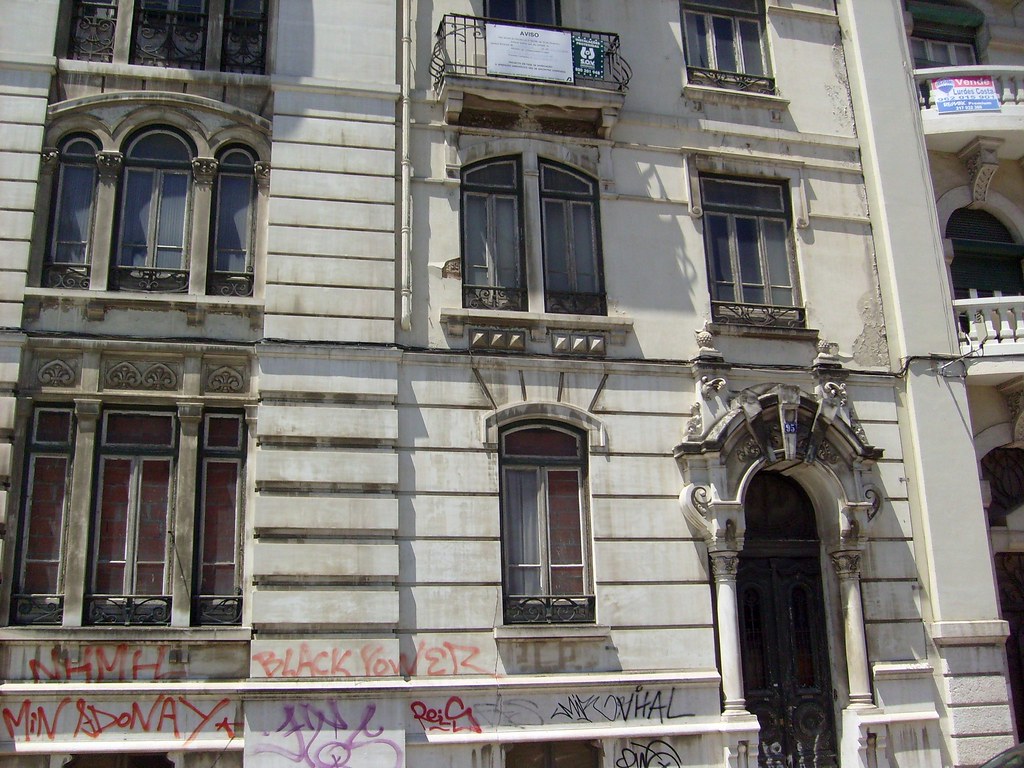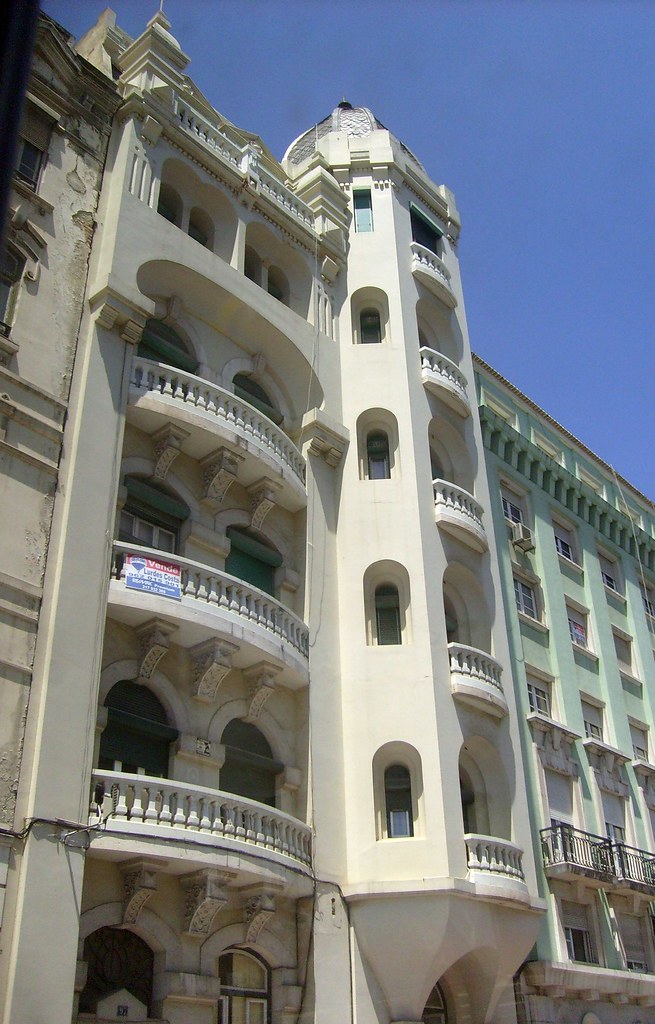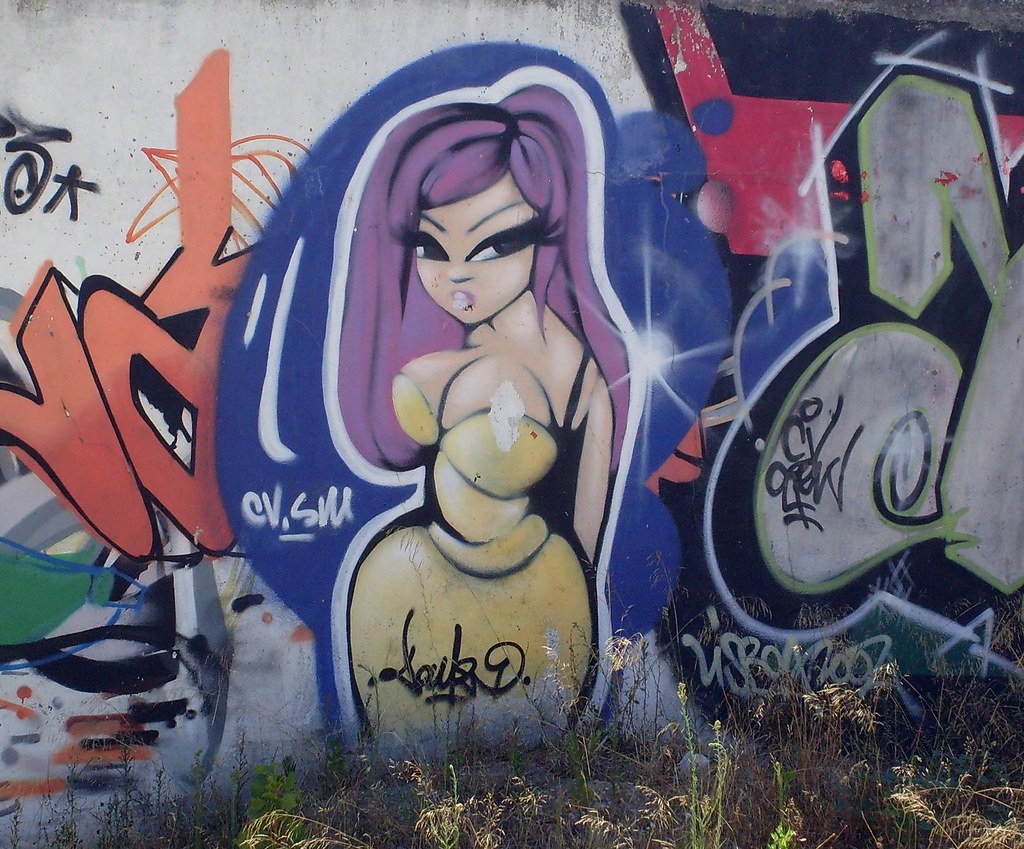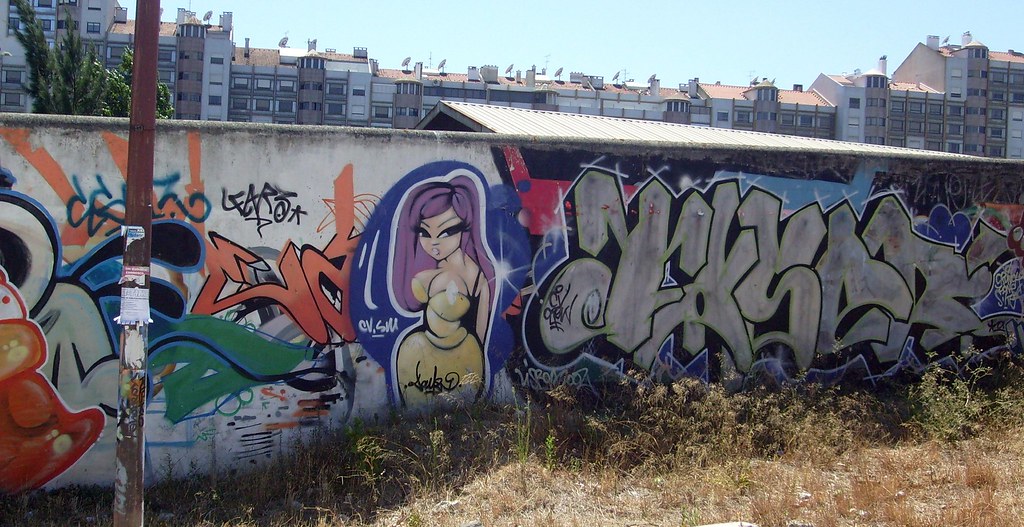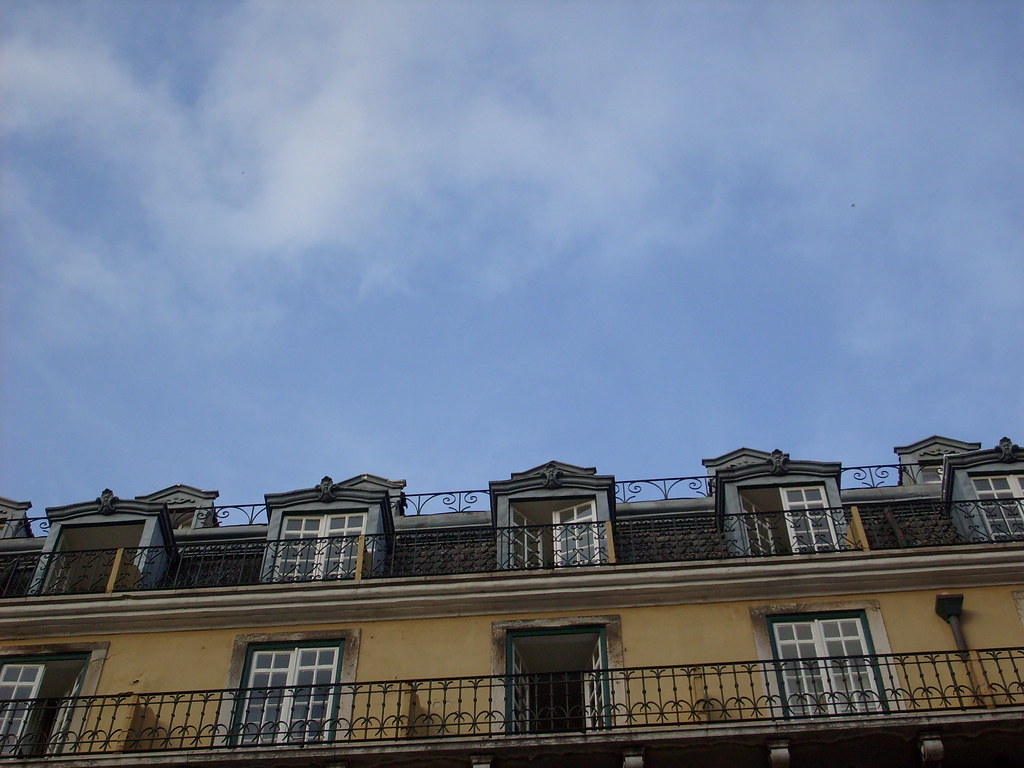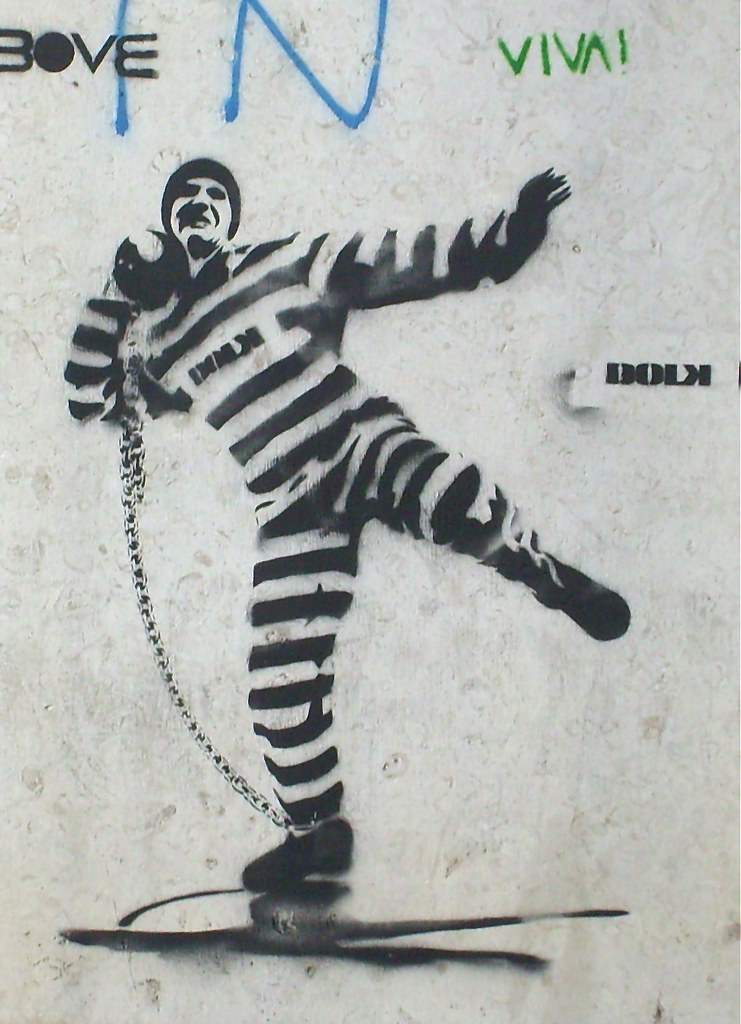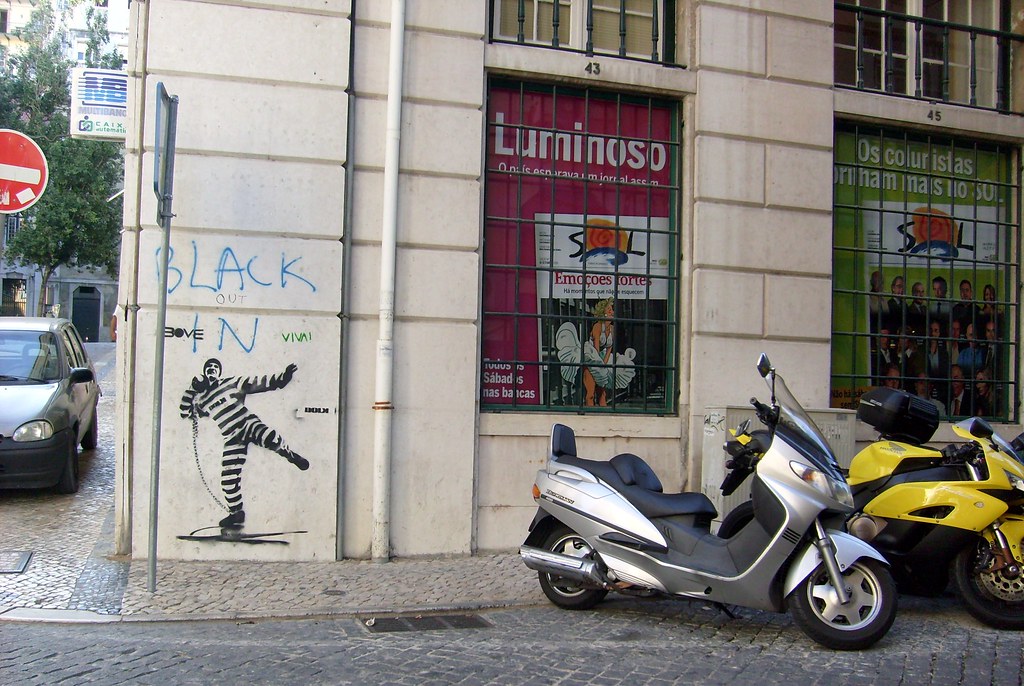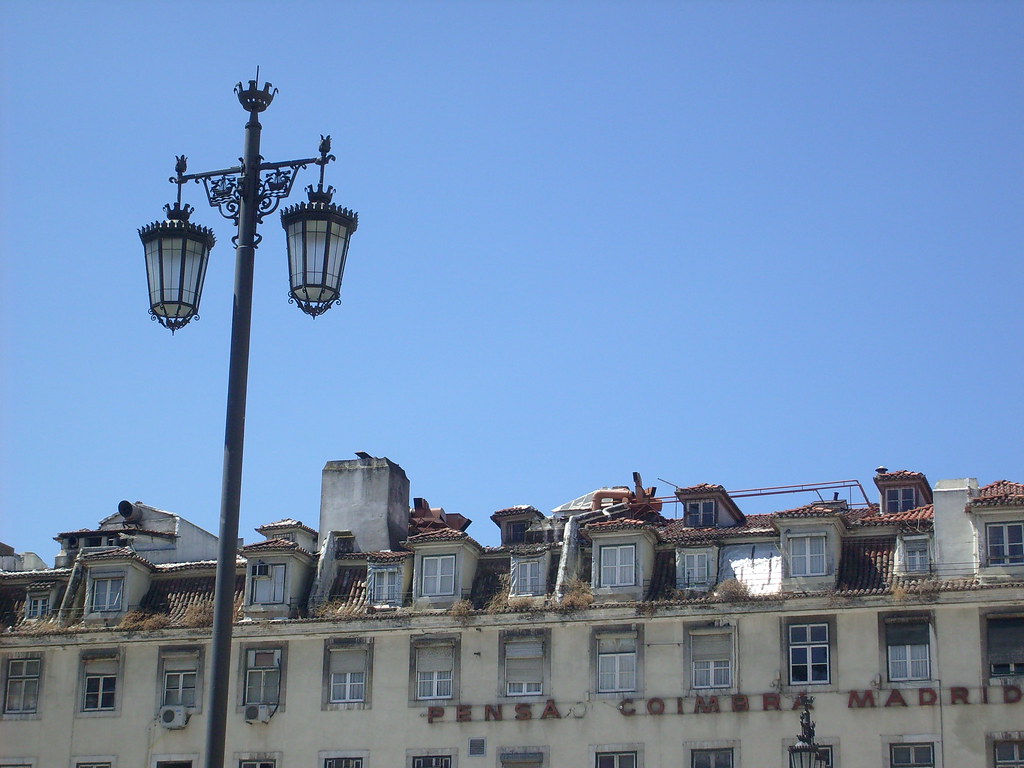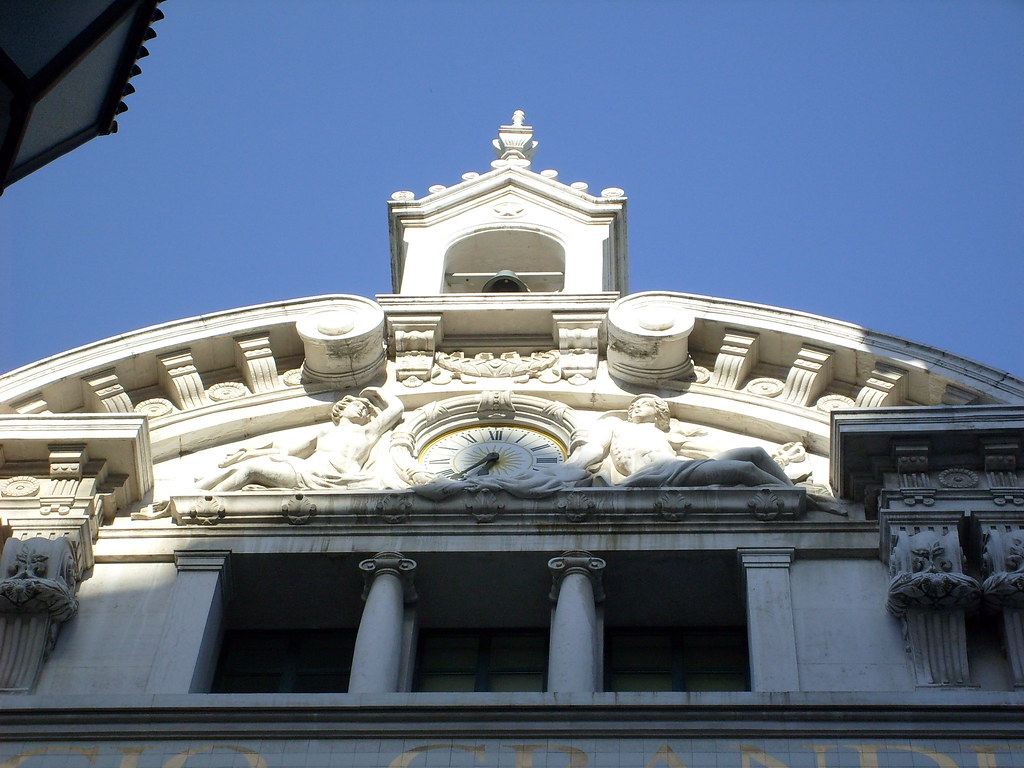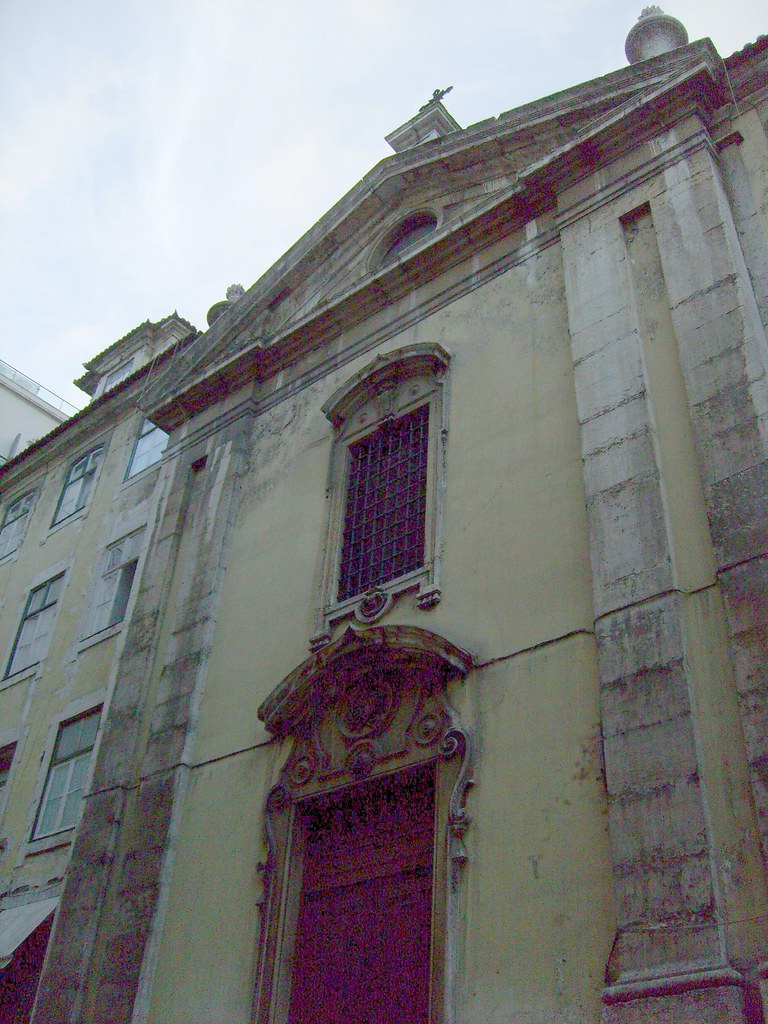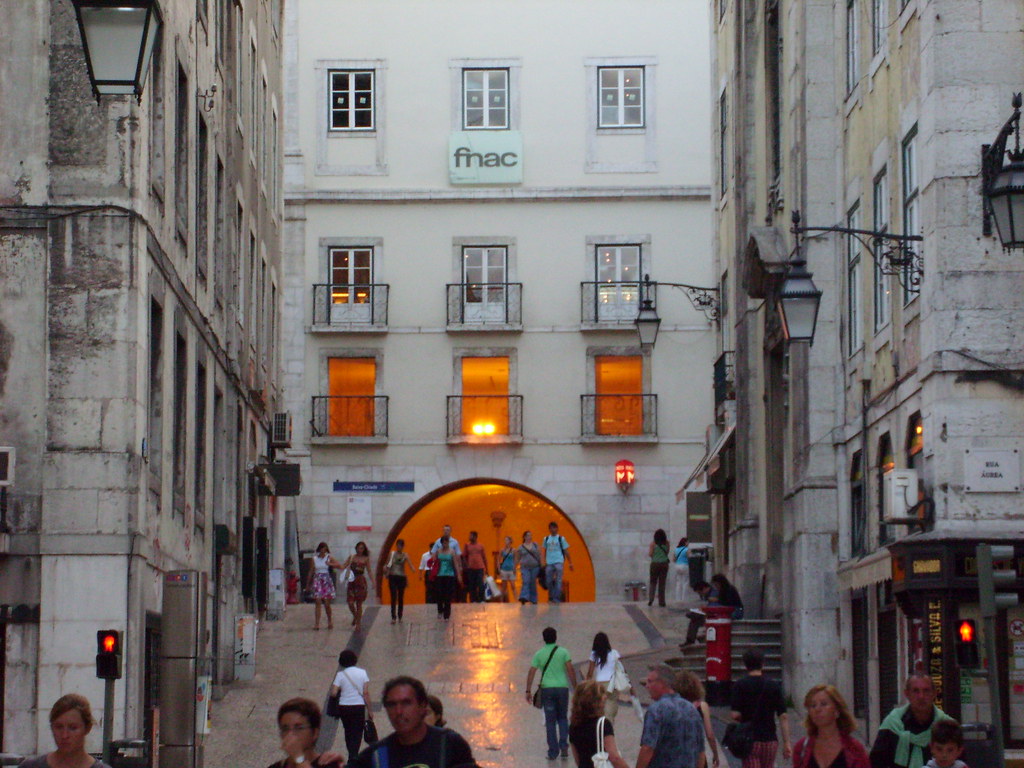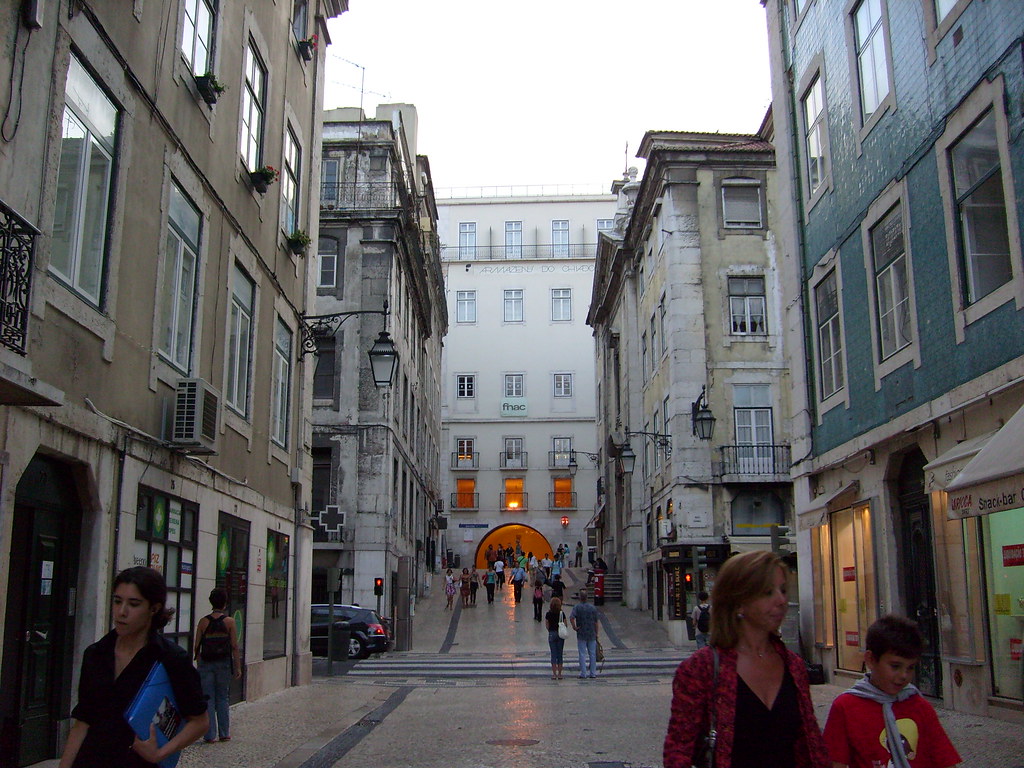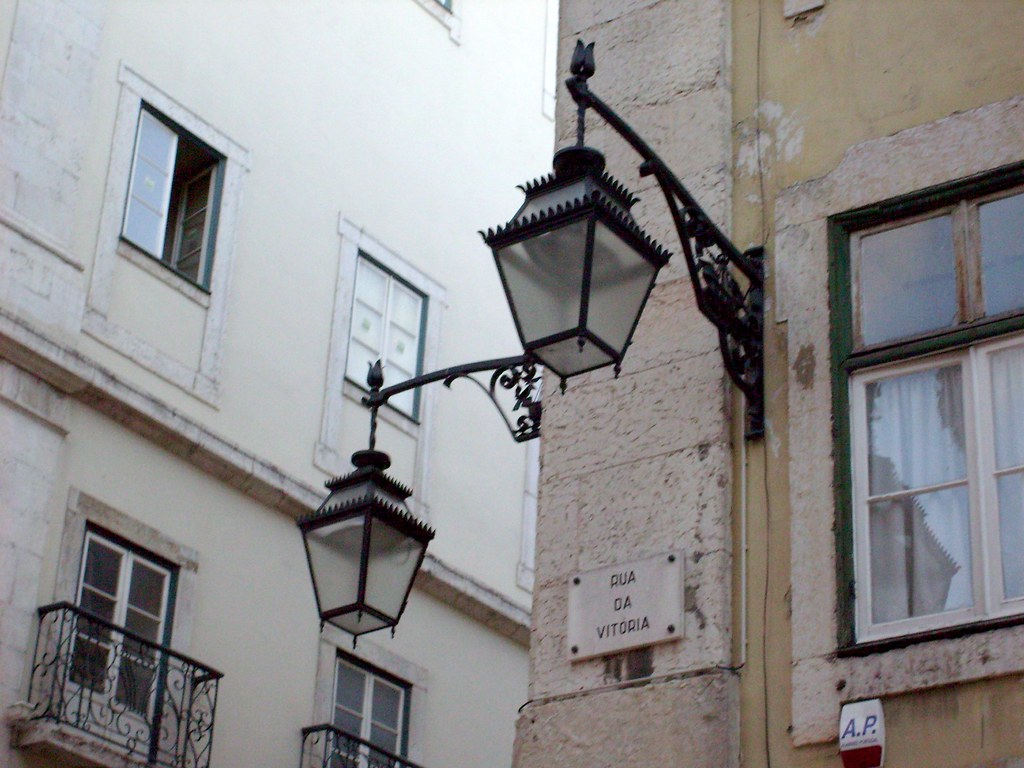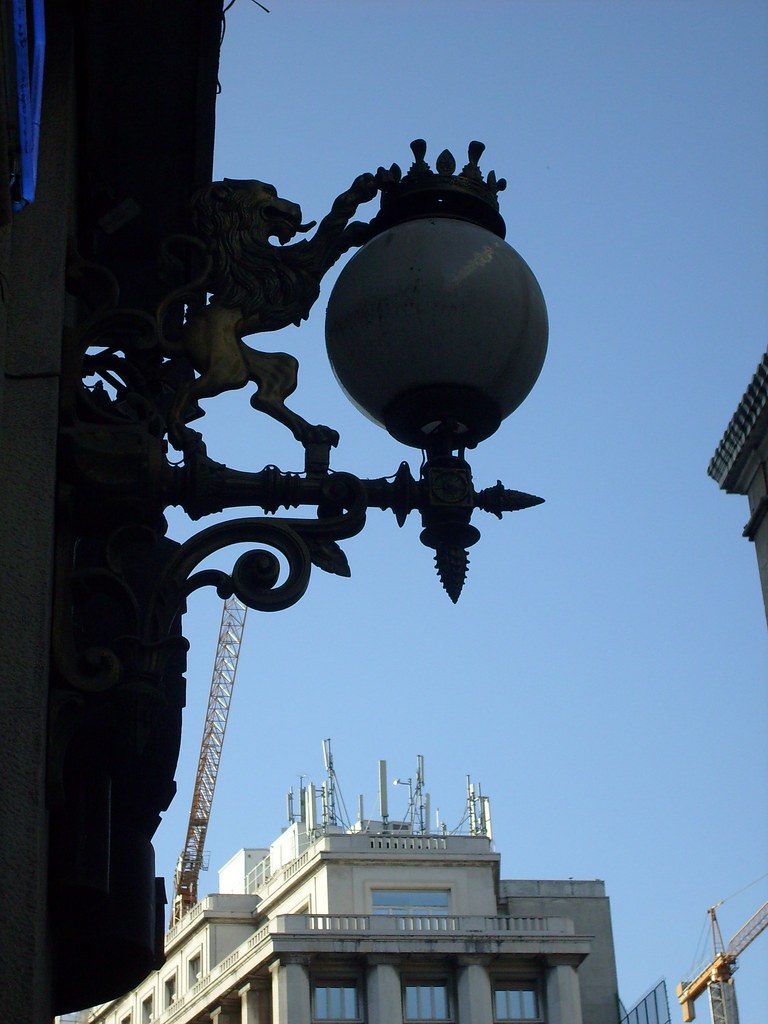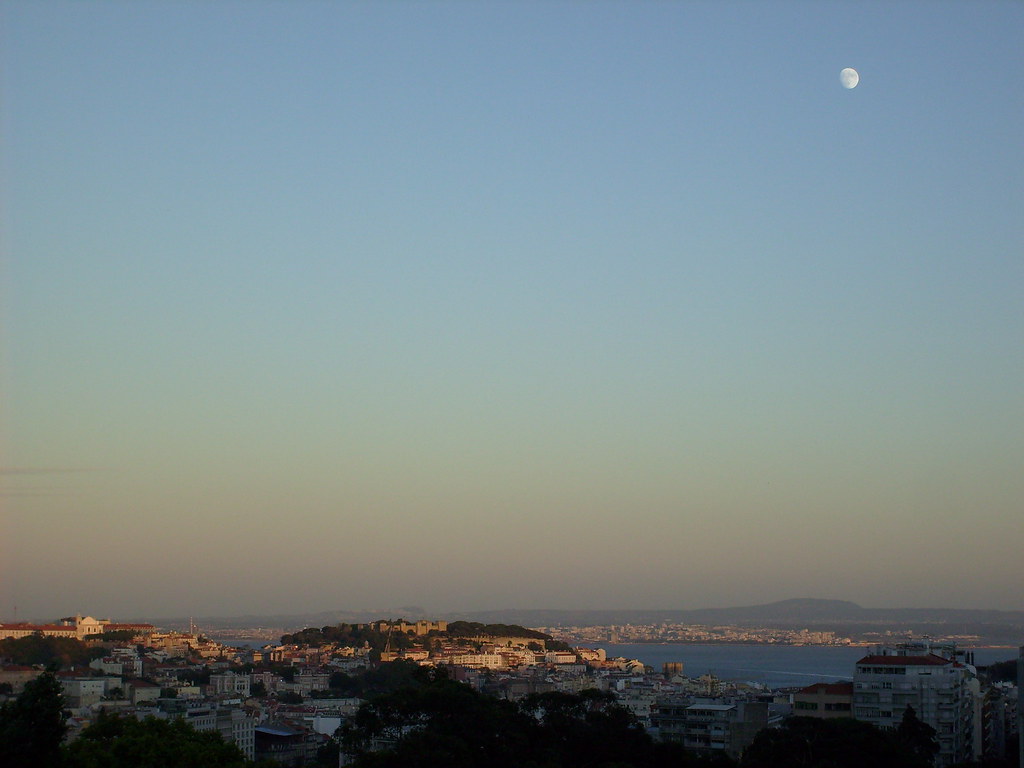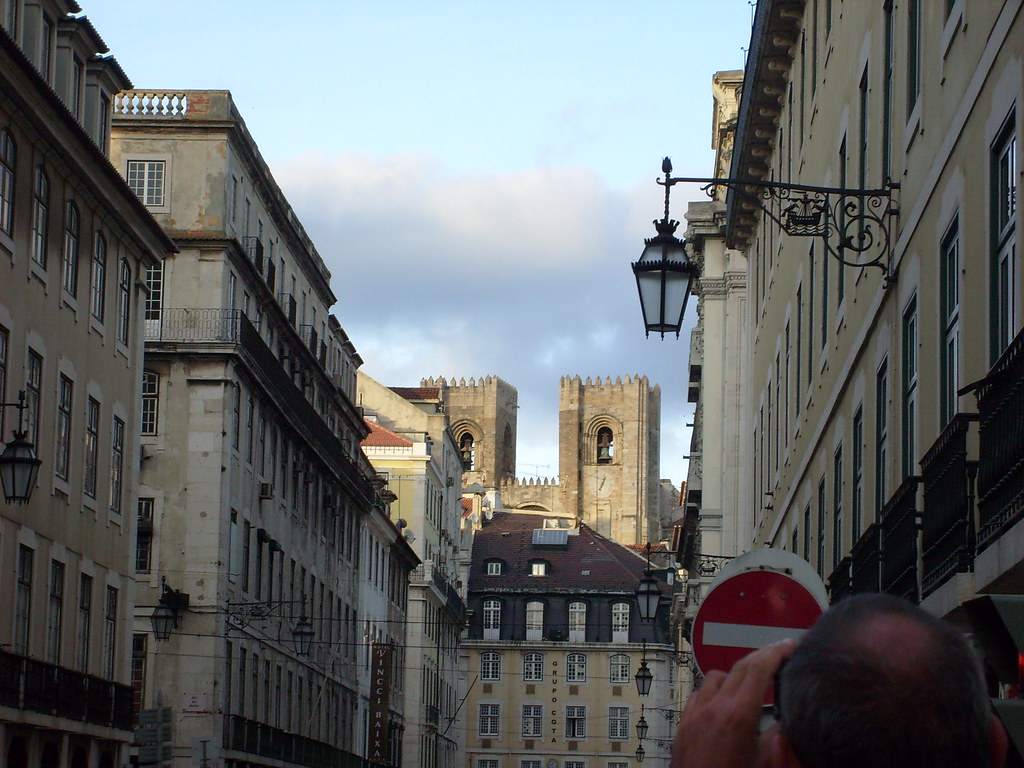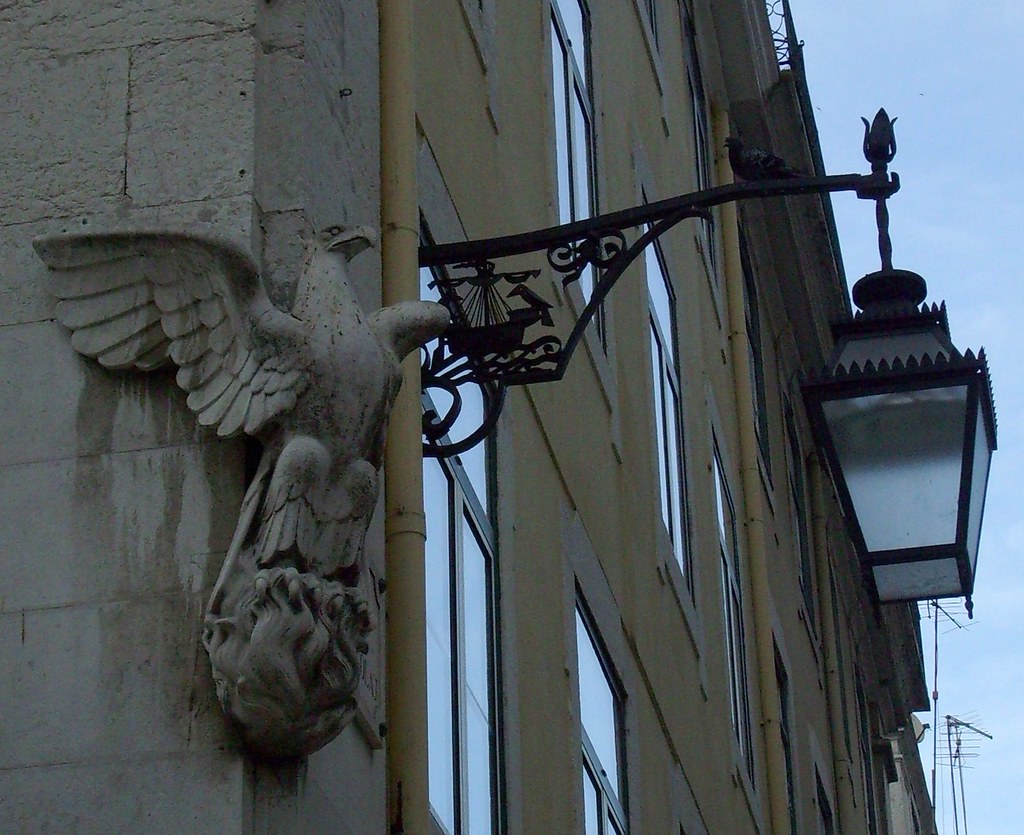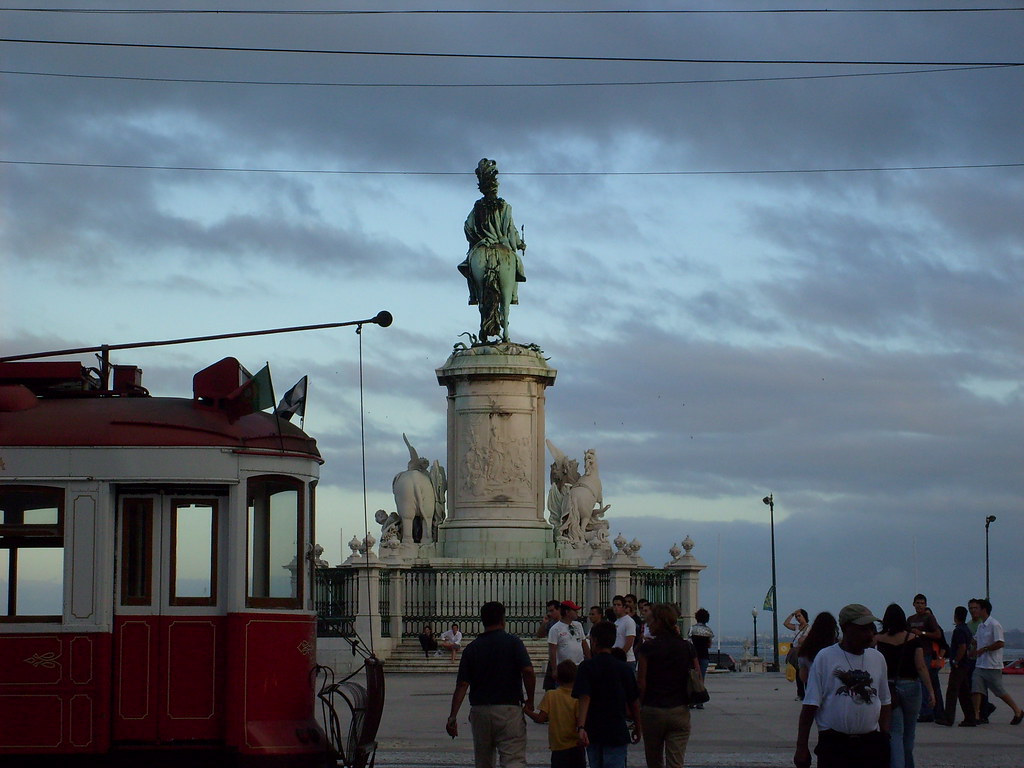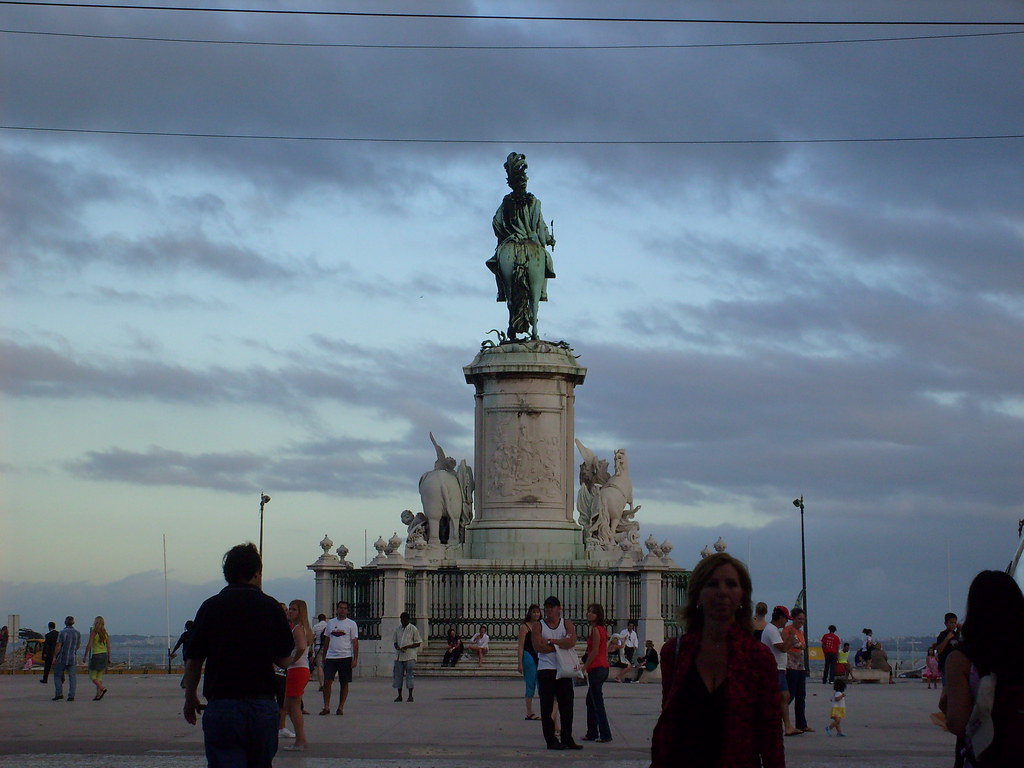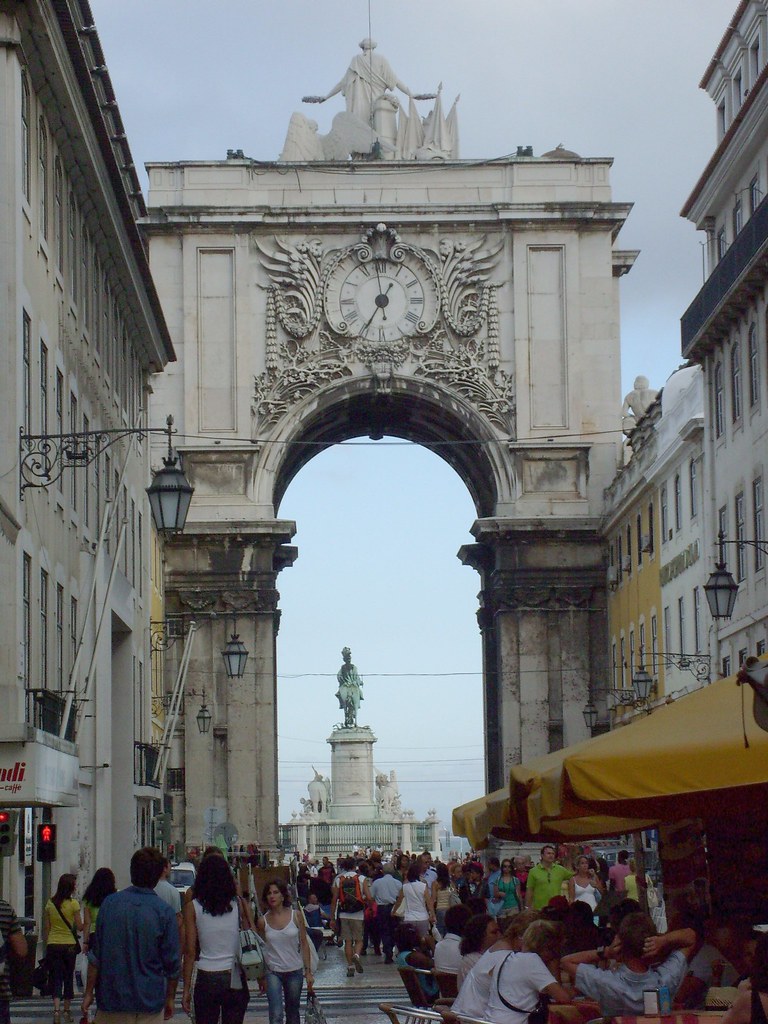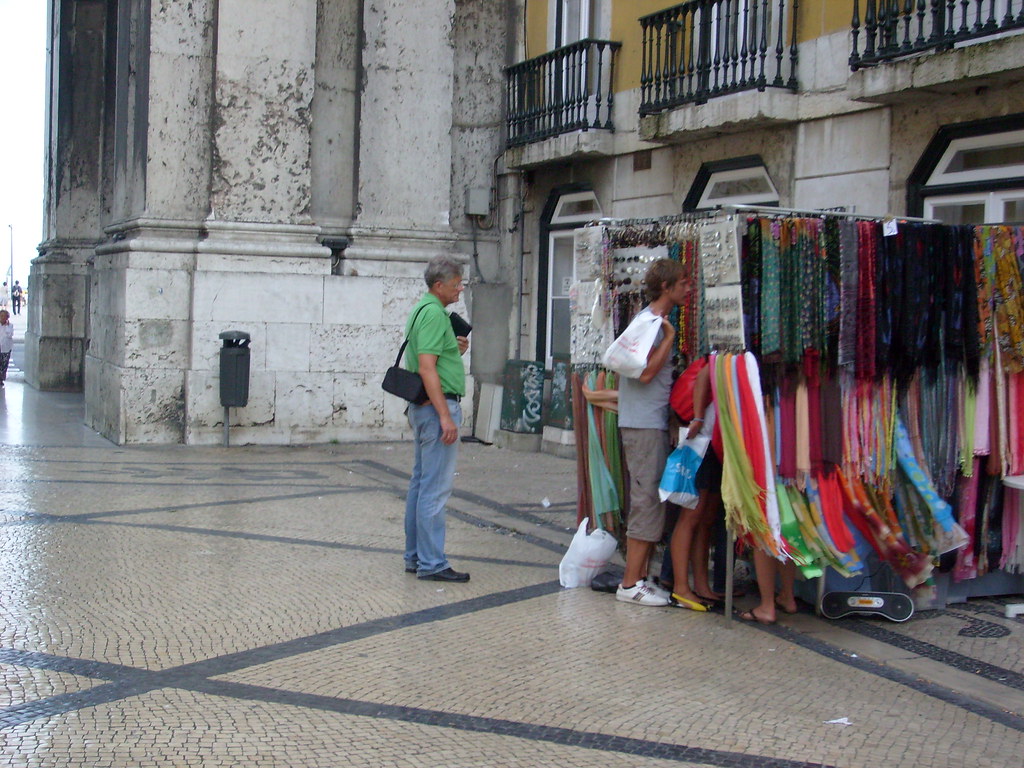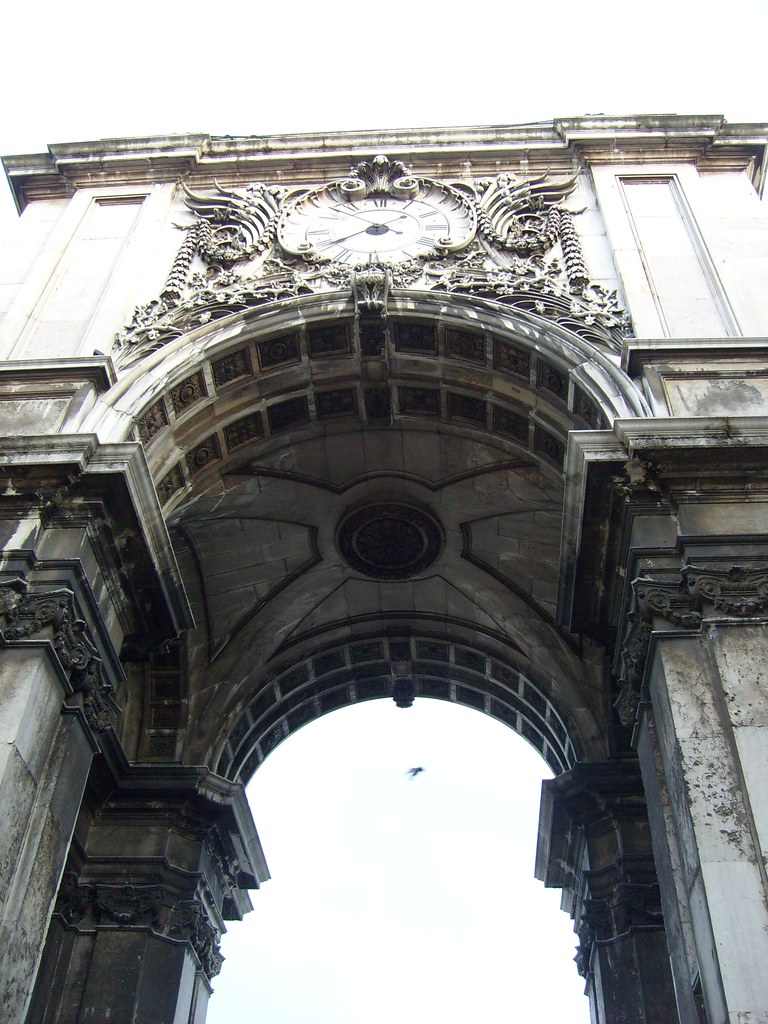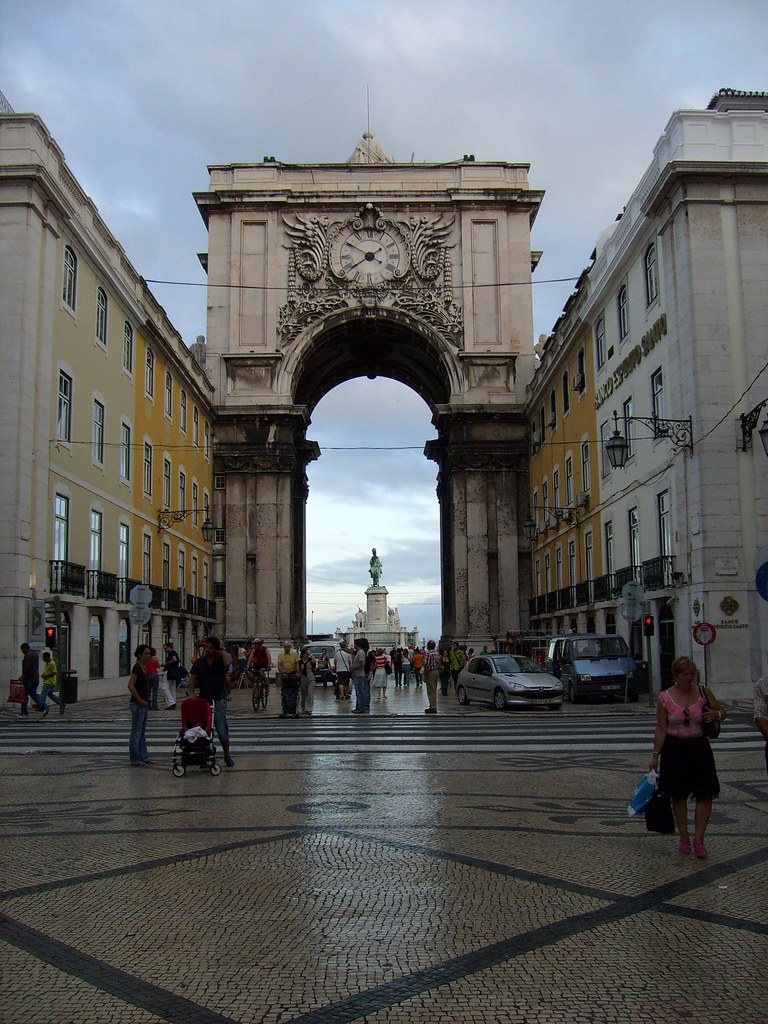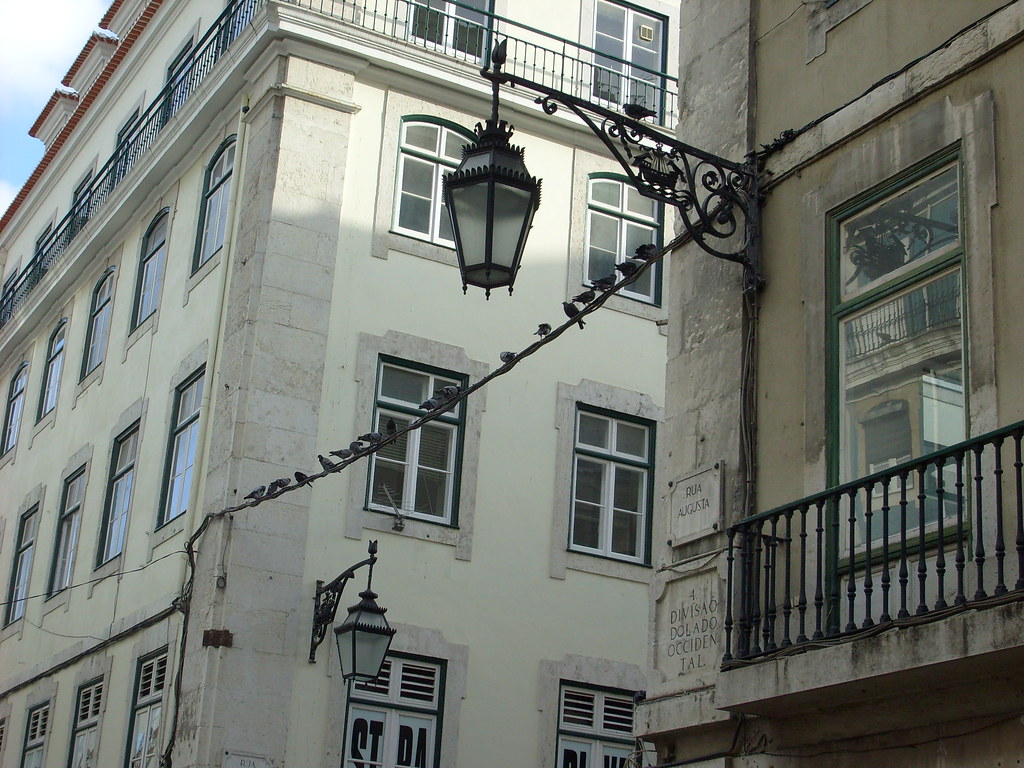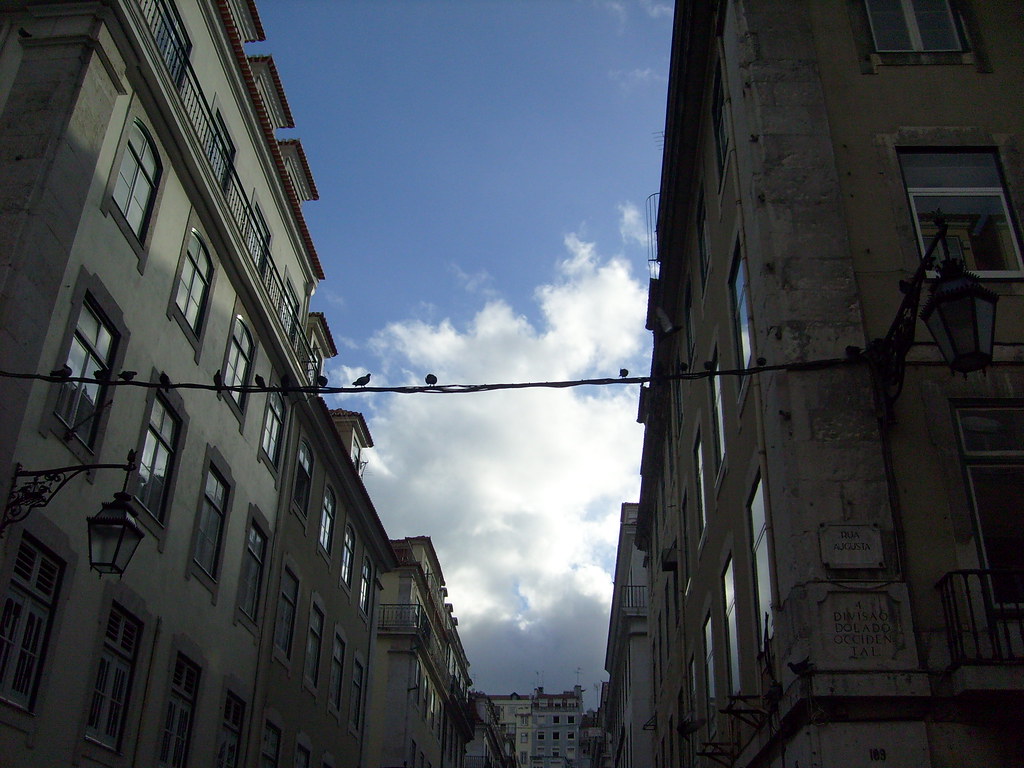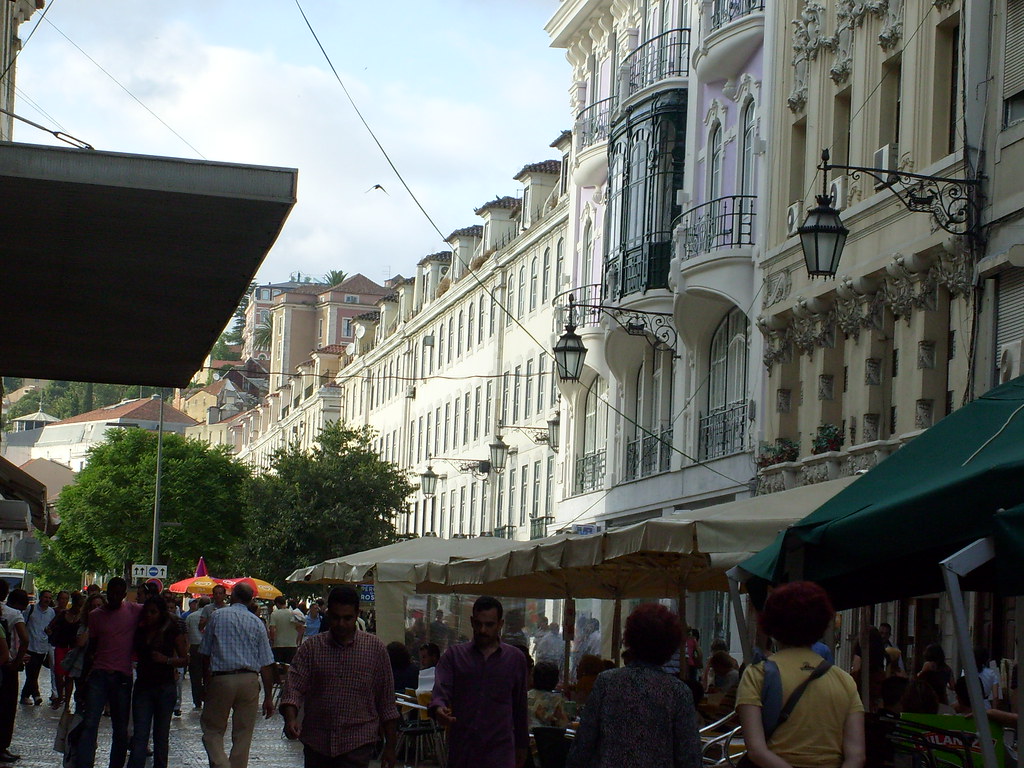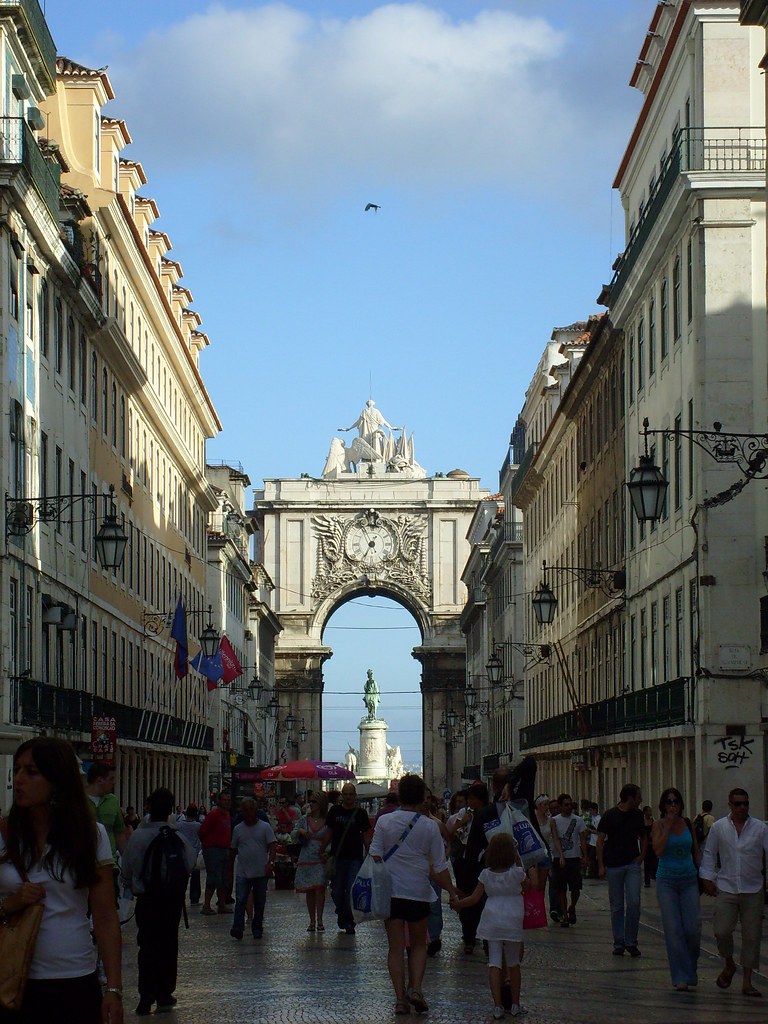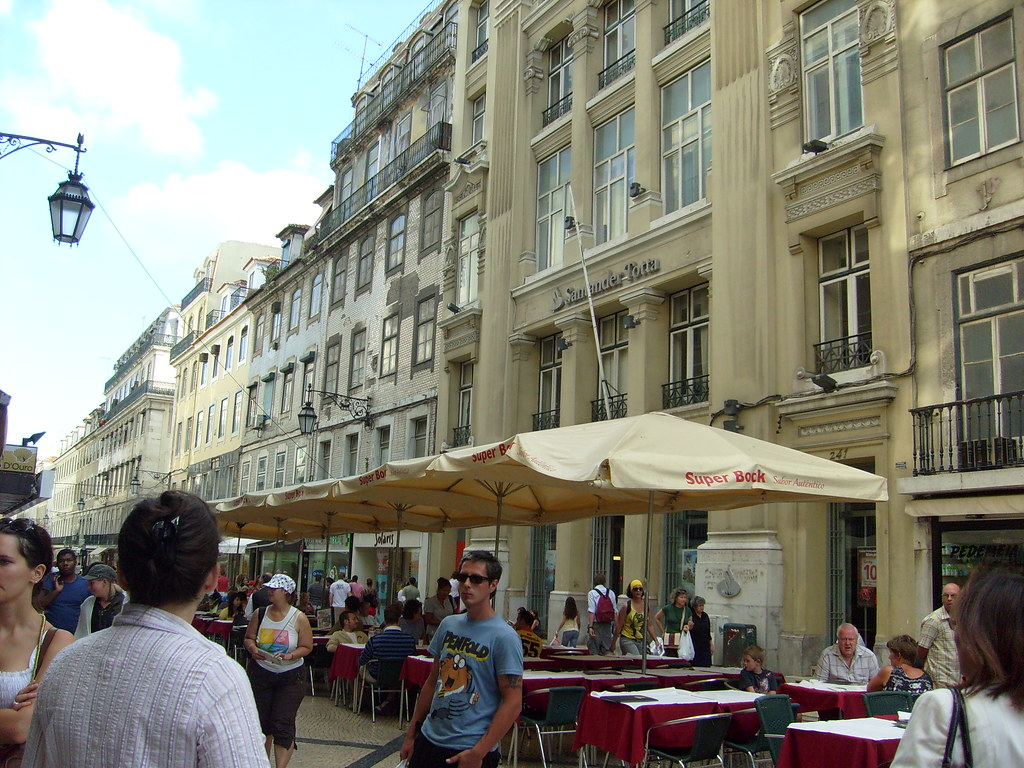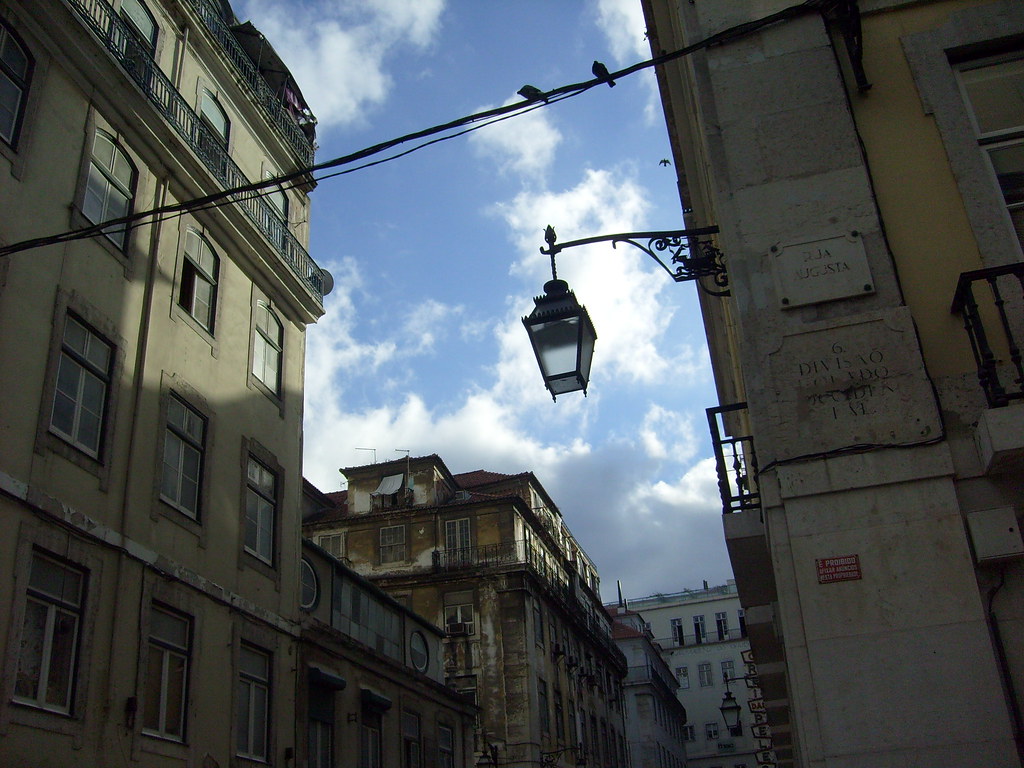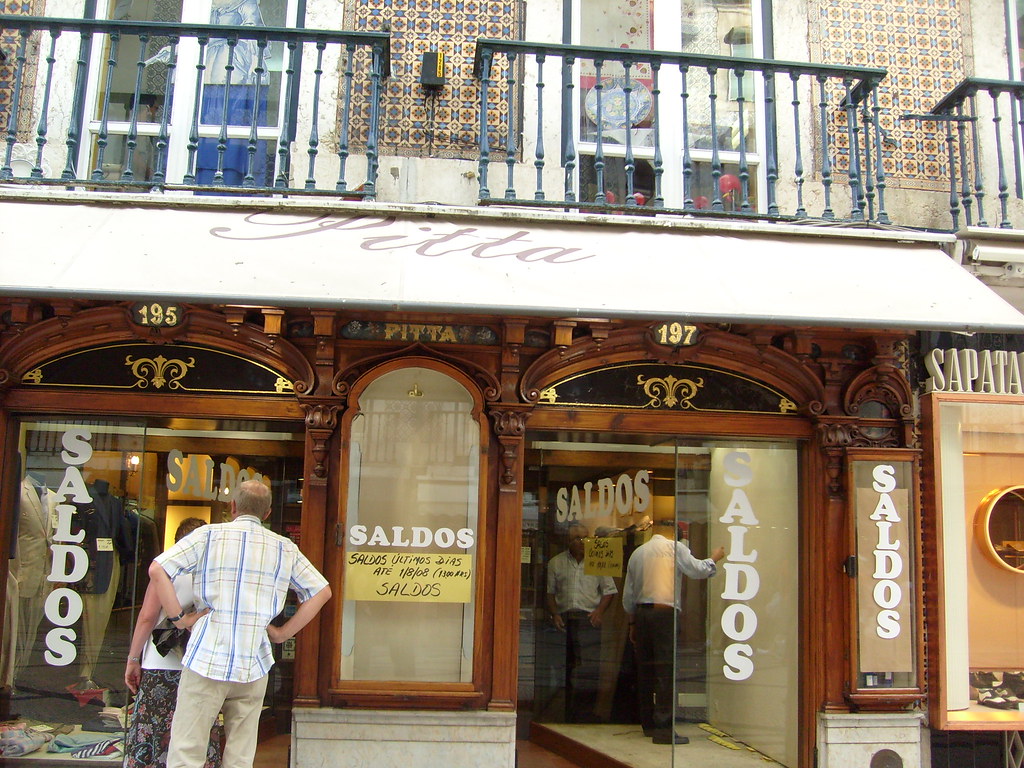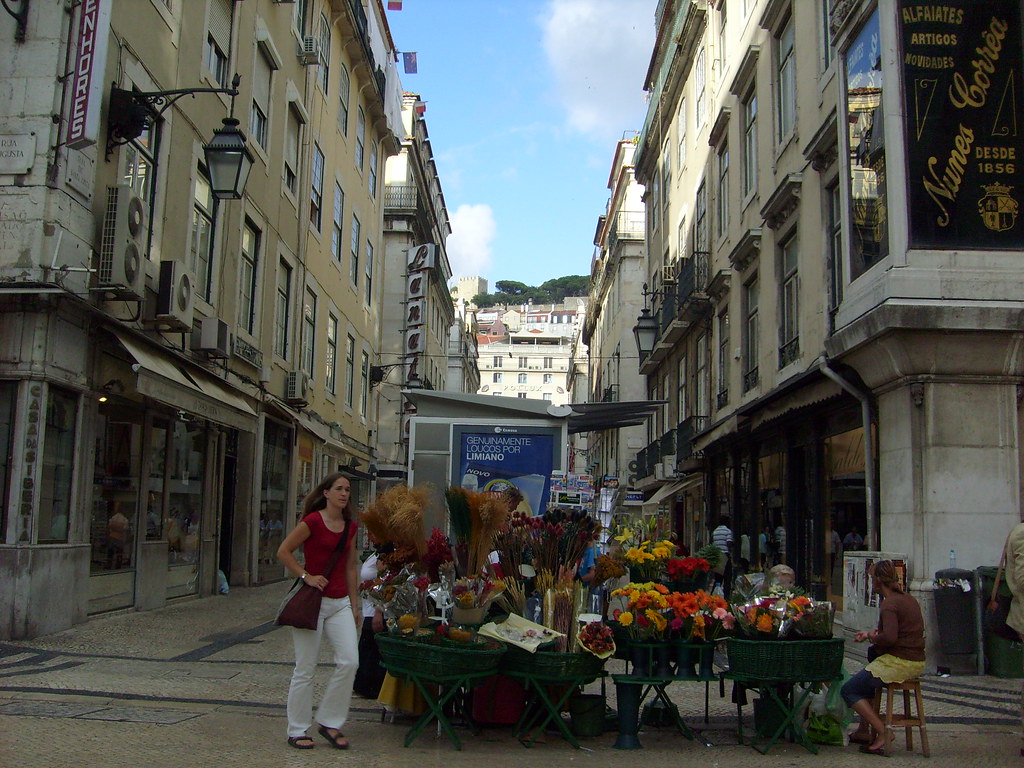31/08/2008
30/08/2008
29/08/2008
28/08/2008
27/08/2008
26/08/2008
25/08/2008
24/08/2008
23/08/2008
22/08/2008
21/08/2008
20/08/2008
#233 - Praça da Figueira II
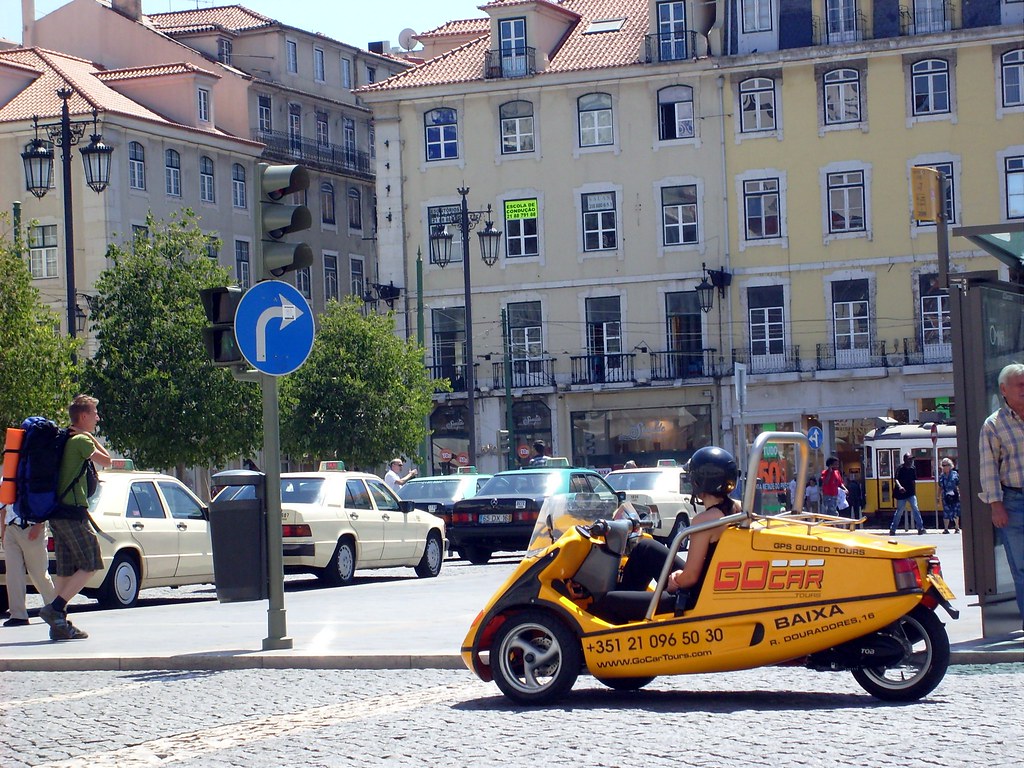
WELCOME TO LISBON
“Tourists, it’s time to dump the map and jump inside a GoCar.” CNN Headline News
A new concept of touristic Tours has come to Lisbon. From now on you can explore Lisbon in relaxed and enjoyable way. Our little GPS-guided yellow cars talk with you, guiding you through the best places of Lisbon!
This clever “talking” Gocar will take you on a tour you will never forget. Using “GPS-Guided” navigation technology your Gocar shows you the way whilst telling you all the amazing stories that bring Lisbon to life. Take your Gocar tour at your own pace, stop whenever you want. It is an exciting way to see the city and will take you to places most visitors never see! Drive by the streets of Lisbon, see all the magnificent monuments, from the National Pantheon to the Jeronimos Monastery, while listening the histories and curiosities that Gocar has to tell you and that make this a unique city!
The Gocar is equipped with a unique GPS in the world that is going to be your personal guide. Do your own route and define your own destiny. Go where the buses can’t go!
19/08/2008
#232 - Praça da Figueira I
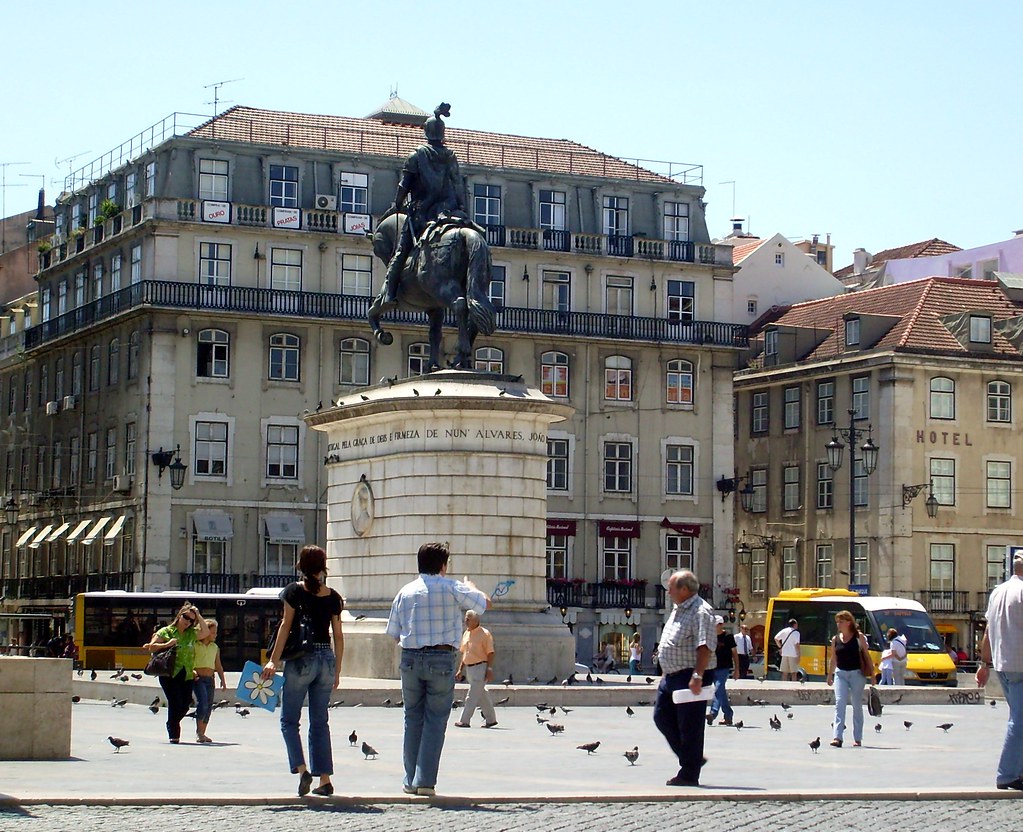 Equestrian statue of King John I in the Praça da Figueira
Equestrian statue of King John I in the Praça da FigueiraPraça da Figueira
From Wikipedia, the free encyclopedia
The Praça da Figueira (English: Square of the Fig Tree) is a large square in the centre of Lisbon, in Portugal. It is part of the Baixa Pombalina, the area of the city reurbanised after the 1755 Lisbon Earthquake.
In the 16th century the square did not exist, and most of its area was occupied by the Hospital Real de Todos os Santos (All-Saints Royal Hospital), the most important in the city. In 1755, after the great earthquake which destroyed most of Lisbon, the hospital was greatly damaged. It was demolished around 1775.
The large area previously occupied by the hospital in the Baixa was turned into an open market square. Around 1885, a large covered market of 8,000 m² was built. This market existed until 1949, when it was demolished. Since then the square has been an open space.
In 1971 a bronze equestrian statue representing King John I (1357-1433), by sculptor Leopoldo de Almeida, was inaugurated in the square. The monument also carries medallions with the effigies of Nuno Álvares Pereira and João das Regras, two key characters in the 1385 Revolution that brought John I to power.
In 1999/2000, during the last renovation of the square, the statue was relocated from the middle to a corner of the square, in order to make it visible from the Praça do Comércio. The original renovation project also called for the buildings to be completely covered with ceramic tiles (azulejos) by Daciano Costa, which has not been done.
The Praça da Figueira has a very uniform profile, with four-storey buildings dating from the rebuilding of the Baixa Pombalina. The buildings are occupied by hotels, cafés, and several shops. It is also an important traffic hub, with bus and metro stops.
To see a detail of it tune here!
18/08/2008
17/08/2008
16/08/2008
#229 - Rua da Vitória II
Location
Rua da Vitoria
Parish: St. Nicholas
Author
Architect Jose Monteiro de Carvalho
Date
XVIII Century
The construction of the first chapel date of 1556 is membership of the Brotherhood of Caldeireiros. In 1755 the first chapel and Hospício of Our Lady of Victory were entirely destroyed by the earthquake on November 1. The first reconstruction date of 1765 and only the works were completed in 1824. The Hospício of Our Lady of Victory is known for his work for charity, to support that referring patients since the original was the cult of Santa Ana The church is in religious architecture Pombal, given the risk to the architect Jose Monteiro de Carvalho. [*]
15/08/2008
#228 - Rua da Vitória I
14/08/2008
13/08/2008
12/08/2008
11/08/2008
#224 - Praça do Comércio
Lisbon's monumental riverside square
This vast waterfront square also known as Terreiro do Paço or "the palace's square," is where the royal palace stood for over two centuries until 1755, when its was destroyed by the Great Earthquake. The royal family moved to another residence in the district of Belem, and the new arcaded buildings acted as the port of entry to the city.
On the north side is a triumphal arch and one of the city's legendary cafes, Café Martinho da Arcada. It dates from 1782 and was a favorite of poets Fernando Pessoa and Almeida Garrett and of novelist Eça de Queiroz.
In the center of the square is a statue of King Jose I showing him on horseback, wearing his emperor's mantle, and measuring 14 meters in height counting from the pedestal.
Lisboa Welcome Center, the city's main tourism office, is located in one of the classical building on the west side the square. Here visitors can request information about the city, buy a tourist card that provides discounts on several attractions, use the internet service, or shop at a store offering traditional Portuguese products.
There have been plans to pedestrianize the area all the way to the river, sinking road traffic into a tunnel, freeing this elegant space to host cultural functions. The government offices now housed in the buildings surrounding the square would move to a new location, restaurants with outdoor tables and a modern museum dedicated to the Age of Discovery would replace them.
| Where: Baixa (Downtown) How: Metro - Baixa-Chiado Station |
| Sights Nearby |
Rua Augusta - The city's main shopping street.
Conceição Velha Church - Church that survived the Great Earthquake.
Santa Justa Elevator - An Eiffel Tower-like landmark with views over the city.
Rossio Square - Lisbon's elegant main square.
Figueira Square - Busy square and transporation hub.
São Domingos Church - A church marked by tragedy.
Rua das Portas de Santo Antão - Pedestrian street lined with seafood restaurants.
Rossio Station - A monumental train station.
Restauradores Square - Large busy square.
Avenida da Liberdade - The city's main avenue."
http://www.golisbon.com/sight-seeing/comercio-square.html
10/08/2008
#223 - Rua Augusta VII
Hubert de Haro - Vice President, Espiral do Tempo
"Visitors and lovers of fine watches are sometimes surprised by how knowledgeable Portuguese watch collectors are. Some recall how in the 1940s, when the Nazis were blockading Europe, Portugal played a role in Swiss watch exports to America and Asia. However, Portugal’s connection with horology goes back much further than this.
A visitor to light-filled Lisbon today probably wouldn’t be expecting to see the Jaeger-LeCoultre name emblazoned on one of the Portuguese capital’s most emblematic monuments: the Triumphal Arch on Rua Augusta. This is just the visible face of a slightly crazy venture dreamed up by one of the country’s leading names in watches, Pedro Torres, who represents the Le Sentier firm in Portugal. After more than two years’ arduous negotiations with the Portuguese Institute for Heritage Protection, a protocol was finally signed on March 30th, 2007. Its aim is to restore to life the clock which for over a century has marked time for the Lisboans.
The earthquake from 1755
Horology historian Fernando Correio de Oliveira recounts the trials and tribulations of the Rua Augusta clock over the centuries*. Its legendary square, now occupied by ministries but once the seat of royal power, was devastated in the great earthquake that struck Lisbon in 1755. Voltaire relates the disastrous consequences on the city’s population in Candide. A vast part of Lisbon was razed to the ground, including the clock tower - which King João V (1680-1750) had commissioned from the Italian architect Canevari and financed with gold from Brazil - and its sumptuous clock, no doubt Flemish. The city’s reconstruction, led by the Marquis of Pombal, would take almost a century to complete. It was only on December 4th, 1883 that the Arch’s clock was brought back into service.
For this, Augusto Justiniano de Araújo, founder of the Lisbon school of watchmaking, transformed a seventeenth-century clock taken from the Convent of Jesus. It had a verge and foliot escapement, and neither dial nor hands. Time was sounded by a bell mounted at the top of the Arch. De Araújo replaced the foliot with a balance, thereby significantly improving the clock’s accuracy, and added a dial, hour and minute hands.
Manuel Francisco Cousinha
Lack of maintenance meant the clock had to be replaced at the turn of the last century. The task fell to Manuel Francisco Cousinha, one of the great clockmakers of that time. Fittingly, his grandson will lead the functional and aesthetic restoration of both this clock and the seventeen-century clock, which had been left to neglect inside the Arch.
Only a privileged few were able to visit the inside of the Arch on Rua Augusta prior to the start of renovation work on May 30th, 2007. They included Jérôme Lambert, CEO of Jaeger-LeCoultre who, last year, had the flair to support this local initiative. Work is expected to reach completion by early autumn.
To commemorate this partnership, Manufacture Jaeger-LeCoultre will launch, in Portugal, a limited edition of 32 (a reference to the number of years it took to build the Arch) Reverso Squadra Hometime watches in pink gold with a special engraving of the Arch." [*]
09/08/2008
08/08/2008
07/08/2008
#220 - Rua Augusta IV
For more information see the previous posts.
06/08/2008
#219 - Rua Augusta III
The Baixa was once the commercial heart of the city, but that role is fading. These streets once housed all the city's banks and many of their tradespeople, including jewelers and shoemakers. Surrounding streets bear the names of the trades (Rua do Ouro, Rua dos Sapateiros, etc.) and, thanks to rent control, some shops remain.
The Baixa lies on a true rectangular grid, laid out by the Marquês de Pombal in 1755 after an earthquake decimated large parts of the city. [*]

